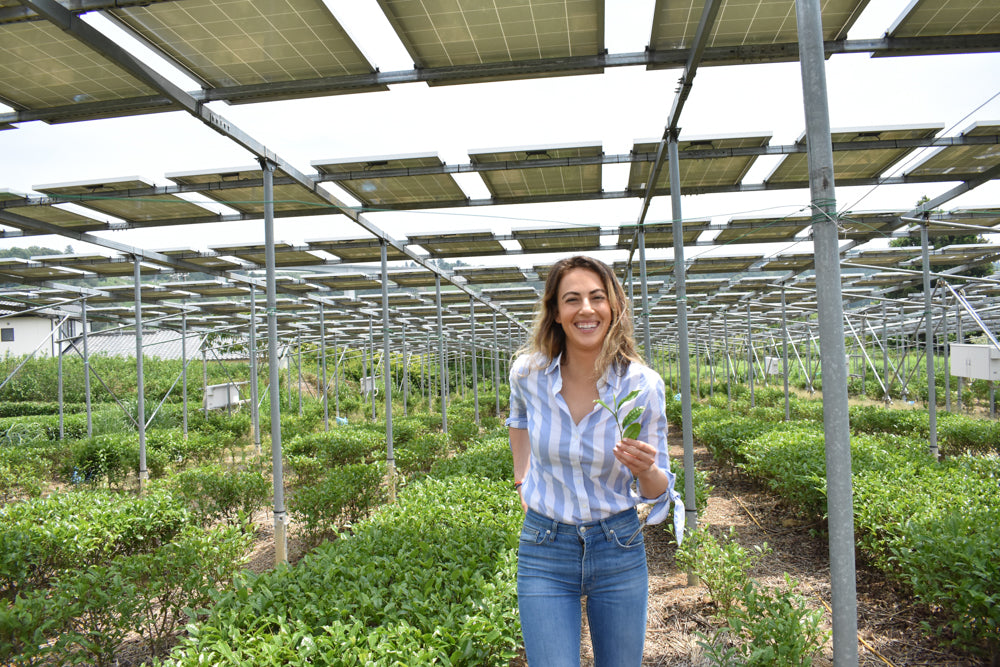
We just got back from harvest season in Japan and had an incredible trip. We spent hours hanging out with our farmers, spending time in the tea gardens, and visiting their production facilities.
We wanted to share some photos with you of the farms we work with, and a behind the scenes look at the harvesting process in Japan. We really value our relationships with our farmers, and seeing their work first-hand makes us even more passionate about what we do. From their innovative solar panel work, to the organic and sustainable growing methods their using, we feel so proud to be working with these incredible farms.
We also shared photos with the farmers of how their matcha is being used in America. We shared a lot of your incredible at home matcha creations using Matchaful and they loved seeing how popular matcha is becoming here in the U.S. and how this ancient ritual is becoming more mainstream in our kitchens.
We hope you enjoy seeing the entire process! From our farms to us, we thank you for your support.

Our direct trade farm in Shizuoka, Japan. This uniquely sustainable farm uses solar panels to shade our matcha and power the farm.

Our Head of Operations and Sustainability, Erin!

First harvest leaves (known as ichibancha) are hand picked for the finest ceremonial matcha. The youngest leaves are plucked for the smoothest flavor.

Once the leaves are harvested, they're immediately transferred to the tencharo.

The leaves are steamed right away to prevent oxidation.

Then the leaves are blown dry in an air dryer to prevent the leaves from sticking together.

Next, the leaves are fully dried on a conveyor belt.

Only the leafy part is used in matcha so they are sorted to ensure all stems are removed. The remaining stems are used in a different type of tea called kukicha to ensure that no part of the tea leaf is wasted.
After this step, aracha is made. The final step is to stone grind the aracha (which only happens once an order is placed so that it is as fresh as possible!) and the final powdered output is matcha!

We also spent some time in Ujitawara, Japan to visit some farms

Here I am with some of the incredible woman who have been hand picking matcha for decades - a farm that has been growing tea for 7 generations.

This is what matcha farms look like from afar: rows of camellia sinensis covered in tarp to help the chlorophyll and amino acids more abundant.

The tarp is what gives matcha it's famous umami flavor and gorgeous green color
Thanks so much for supporting us as we work hard every day to create a more sustainable matcha practice!
-Hannah
Founder and Chief Matcha Officer
